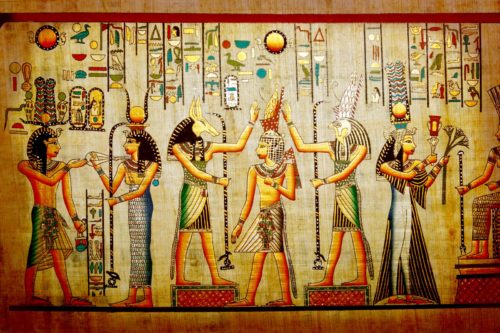
When we talk about placenta availability in the Middle-East region, there will definitely be the question if placenta is halal or not. This debate is ongoing and each has their own opinion. However, some brands have the approval from the Federation of Islamic Associations of New Zealand (FIANZ).
Nevertheless, placenta has already penetrated into the Middle-East market. In fact, there is a strong demand for marine placenta, especially salmon placenta which is produced from Japan. And in terms of application, placenta soap is made available in Qatar, Dubai, Saudi Arabia to name a few.
The placenta is a powerful signifier in many cultures, including the Middle-East and Central Asia. Atai and Mongol Turks considered placenta sacred, a container for spirit. The placenta is associated with Goddess Umai, who helped women in infertility problems, and buried in the nomadic home.
In Turkey, placenta is regarded as a friend or comrade of the child, and in their old practices, placenta used to be wrapped up and buried in a clean place in a clean piece of cloth after birth.
Ancient Egyptians believed that placenta was part of the duality of the souls. One soul inhibited the body and another was the placenta. In royal processions, a high-ranking official would carry a standard representing the placenta. This standard, or symbol, is depicted as an organ with two lobes, an umbilical cord, and membranes folded back. And some tombs were even built to house the royal placentas of the pharaohs.
Recent Comments